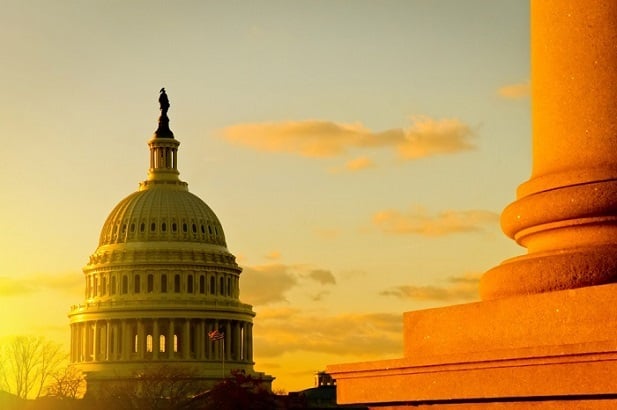 The SECURE Act has been billed as the most significant piece of retirement legislation since passage of the Pension Protection Act in 2006. (Photo: Shutterstock)
The SECURE Act has been billed as the most significant piece of retirement legislation since passage of the Pension Protection Act in 2006. (Photo: Shutterstock)
The roadblocks to passing the Setting Every Community Up for Retirement Enhancement Act in the Senate by unanimous consent are leaving industry proponents of the bill hopeful it can be tacked onto must-pass spending bills this fall.
After influential GOP Senators Ted Cruz, R-TX, and Pat Toomey, R-PA, placed holds on the bill earlier this summer, hopes had turned to an agreement that would raise the debt ceiling.
Recommended For You
Complete your profile to continue reading and get FREE access to BenefitsPRO, part of your ALM digital membership.
Your access to unlimited BenefitsPRO content isn’t changing.
Once you are an ALM digital member, you’ll receive:
- Breaking benefits news and analysis, on-site and via our newsletters and custom alerts
- Educational webcasts, white papers, and ebooks from industry thought leaders
- Critical converage of the property casualty insurance and financial advisory markets on our other ALM sites, PropertyCasualty360 and ThinkAdvisor
Already have an account? Sign In Now
© 2025 ALM Global, LLC, All Rights Reserved. Request academic re-use from www.copyright.com. All other uses, submit a request to [email protected]. For more information visit Asset & Logo Licensing.








